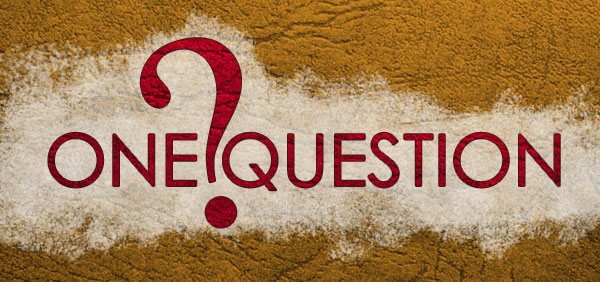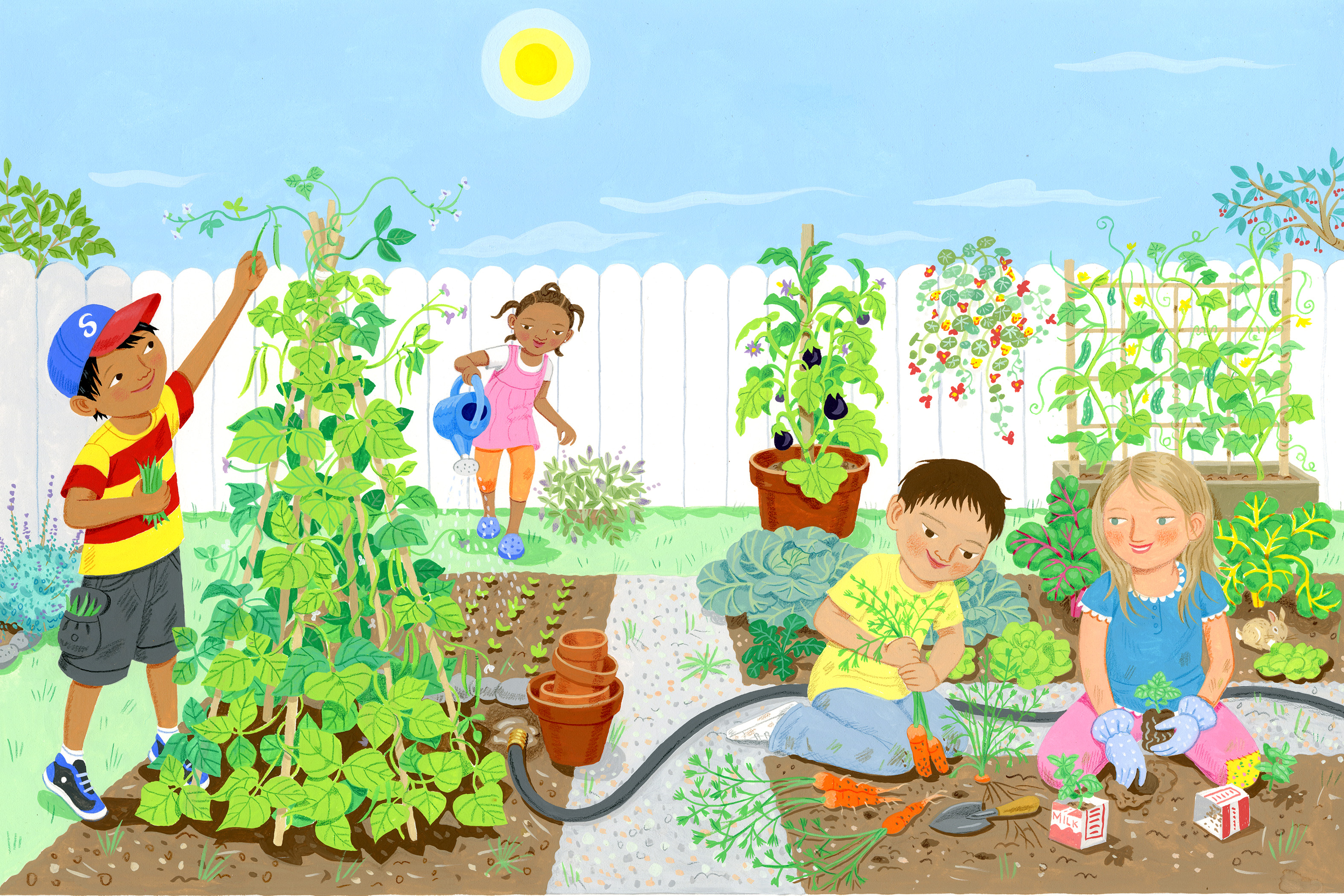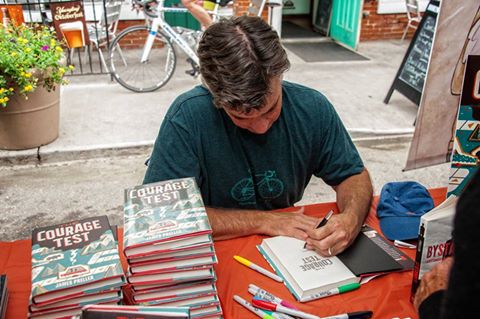–
–
–
“A good place to start
is by continuing to make art
which begs questions,
sparks conversations,
explains stuff,
and provides catharsis.”
— Lizzy Rockwell
–
I remember being at the Rochester Children’s Book Festival a few years back. Jeff Mack turned to me and asked, only half-jokingly, “Do you remember when it used to a bad thing for children’s books to be didactic?” We laughed about that one. Ho, ho, ho. I was reminded of that moment while reading a timely, interesting article by Elisa Gall and Jonathan Hunt in Horn Book’s “Calling Caldecott” series, titled, ” What the Hell Is Didactic Intent Anyway?”
 The time seemed right to bring back my ever-quasi-popular, “One Question, Five Authors” series, beginning with possibly the thorniest question I’ve ever asked: “How do you feel about messages in children’s books?” It’s not a simple topic, and definitions vary — it’s not always clear we are talking about the same thing — which is likely why some responders gave longer, deeper answers than usual. Another reason for that: I made sure to ask this particular question to some of the more intellectual, thoughtful, experienced writers I could find. Today I’m honored to share this space with Lizzy Rockwell, Lois Lowry, Lesa Cline-Ransome, Liz Garton Scanlon, and Tony Abbott. Please feel free to add a comment or voice a complaint. The more voices, the better.
The time seemed right to bring back my ever-quasi-popular, “One Question, Five Authors” series, beginning with possibly the thorniest question I’ve ever asked: “How do you feel about messages in children’s books?” It’s not a simple topic, and definitions vary — it’s not always clear we are talking about the same thing — which is likely why some responders gave longer, deeper answers than usual. Another reason for that: I made sure to ask this particular question to some of the more intellectual, thoughtful, experienced writers I could find. Today I’m honored to share this space with Lizzy Rockwell, Lois Lowry, Lesa Cline-Ransome, Liz Garton Scanlon, and Tony Abbott. Please feel free to add a comment or voice a complaint. The more voices, the better.
LIZZY ROCKWELL
Thanks Jimmy. What a good question. Having raised two grown sons, I know that there were plenty of messages my husband and I consciously or unconsciously delivered as they were growing up: Be nice. Be responsible for your actions. Pay attention to your emotions, and other people’s emotions. Use words to work out conflict. Take care of your body. Learn about the world. Respect all living things (including ecosystems). Be creative. Be generous. Be honest. Know that you are loved. Books helped. Frederick and Swimmy, by Leo Lionni, Moon Man, by Tomi Ungerer, Medieval Feast, by Aliki, The Awful Mess, by Anne Rockwell, Donkey Donkey, by Roger Duvoisin, and Spinky Sulks by William Steig were some of our favorites.
 Ours is not a religious home, but our ethics are in keeping with those of most religions. Children’s books can support a society’s effort to help children grow into healthy, collaborative, expressive adults who distinguish between right and wrong, fair and unfair. But books are not just about molding successful and virtuous future adults, they are about providing art specifically crafted for children. A child’s need for art is every bit as great as an adult’s. Art is cathartic; it lets us identify and talk about our emotions. Art is philosophical; it’s the best way to explore the big existential and ethical questions. But good art is never didactic. It is sensory and emotionally charged, so it gives us pleasure, scares us, makes us wonder, makes us laugh, connects us with others. Art is open-ended so it can be interpreted in a variety of ways. And art is subversive. It challenges the confines of social norms, and requires us to ask questions.
Ours is not a religious home, but our ethics are in keeping with those of most religions. Children’s books can support a society’s effort to help children grow into healthy, collaborative, expressive adults who distinguish between right and wrong, fair and unfair. But books are not just about molding successful and virtuous future adults, they are about providing art specifically crafted for children. A child’s need for art is every bit as great as an adult’s. Art is cathartic; it lets us identify and talk about our emotions. Art is philosophical; it’s the best way to explore the big existential and ethical questions. But good art is never didactic. It is sensory and emotionally charged, so it gives us pleasure, scares us, makes us wonder, makes us laugh, connects us with others. Art is open-ended so it can be interpreted in a variety of ways. And art is subversive. It challenges the confines of social norms, and requires us to ask questions.
We are in a fascinating moment, where some very long-in-the-making problems are finally being pulled from the back of the closet and brought into the light. This moment is simultaneously thrilling and terrifying. The legacy of slavery, the genocide of indigenous Americans, the oppression of LGBT people, the subjugation of women and girls, economic inequality, European imperialism, gun violence, drug addiction, and environmental devastation, are on the short list of problems we can no longer ignore. Solving many of these problems requires disrupting systems (patriotism, capitalism, transportation, policing, Religious orthodoxy, industry) which also are the armature of American society. So how do we rebuild and improve, without completely tearing down?
A good place to start is by continuing to make art which begs questions, sparks conversations, explains stuff, and provides catharsis.
But let’s be honest, making art for children is not the same as making art for adults. We have a responsibility to not overwhelm them with fear or guilt. Any story or work of non-fiction created for children, no matter how disturbing the problem, or open-ended the solution, should contain a message of hope. And I don’t have a problem with that message at all.
LESA CLINE-RANSOME
 I write each of my books with a measure of intention and purpose. For me, there is a need to accurately represent my culture and heritage and provide a counter narrative to the misrepresentations that have pervaded literature for too long. I write stories that provide one depiction of black life that reflects its resilience, sacrifice, joy, enduring traditions and loving families. Is it a message? Perhaps. But in a time of erasure and exclusion, I feel a message celebrating the fullness of black life, community and family is a much needed one.
I write each of my books with a measure of intention and purpose. For me, there is a need to accurately represent my culture and heritage and provide a counter narrative to the misrepresentations that have pervaded literature for too long. I write stories that provide one depiction of black life that reflects its resilience, sacrifice, joy, enduring traditions and loving families. Is it a message? Perhaps. But in a time of erasure and exclusion, I feel a message celebrating the fullness of black life, community and family is a much needed one.
LOIS LOWRY
I can’t comment on any trends because I simply don’t keep up with what’s being published (isn’t it ironic that Spellcheck wants “published” to be “punished”?). But my personal opinion about books with messages has not changed. A book with a blatant message…a book whose author  has set out to instruct young readers and guide them to a higher morality…is a bad book. A book with intriguing characters who face complex problems and weigh difficult choices is a book from which a message will arise but it will not have been placed there by the author. It will evolve from the reader: from the reader’s circumstances and introspection and emerging beliefs. When a student emails me and asks: “What is the message of (insert title)?” I always reply: “Whatever you want it to be.” When a parent or grandparent hands me a book to sign and asks me to write: “For xxxx, in hopes that this book will teach you…blah blah” I always conceal a deep sigh and write: “I hope that you’ll love this book.”
has set out to instruct young readers and guide them to a higher morality…is a bad book. A book with intriguing characters who face complex problems and weigh difficult choices is a book from which a message will arise but it will not have been placed there by the author. It will evolve from the reader: from the reader’s circumstances and introspection and emerging beliefs. When a student emails me and asks: “What is the message of (insert title)?” I always reply: “Whatever you want it to be.” When a parent or grandparent hands me a book to sign and asks me to write: “For xxxx, in hopes that this book will teach you…blah blah” I always conceal a deep sigh and write: “I hope that you’ll love this book.”
As an old person myself I do sympathize with…and share…the yearning to be able to impart wisdom to the young. But if I’ve learned anything in my 83 years, it’s that wisdom is acquired through experience and through feeling one’s mind and heart opened…occasionally by a good book. Not a book with a message.
LIZ GARTON SCANLON
For me, the question isn’t so much whether books contain messages. I honestly think that’s a given. Characters learn and grow and have ah-ha moments. They navigate tricky times and grapple with moral choices. Metaphors telegraph meaning or theme. Beginnings pose questions that endings then satisfy with deep realizations. Books are full of messages.
 I think the question is a more subtle one –- one of prepositions. I think messages in children’s books need to be of or from children rather than to or for or at them. I like to see them emerge with each page turn, from the small, wide-eyed perspective of a kid, rather than come down like an explicit, instructive hammer.
I think the question is a more subtle one –- one of prepositions. I think messages in children’s books need to be of or from children rather than to or for or at them. I like to see them emerge with each page turn, from the small, wide-eyed perspective of a kid, rather than come down like an explicit, instructive hammer.
What if messages were more like discoveries than lessons? What if they were sometimes nonlinear or digressive or funny or wholly surprising – just the way they are for kids in the world outside of books? What if young characters and young readers alike got their messages in deeply felt and experiential ways? I think that’s how we give them the most important message of all – that we respect them, that we’re paying attention, that they matter.
TONY ABBOTT
While I’ve given this question a bit of thought over the last couple of years, it’s not been with any sense of tying it off with an eloquent flourish, so forgive clumsy lapses in logic. But, yes, I think we are seeing more and more books for children with simpler and simpler messages that try to appeal to the reader by defining, quickly, and in terms that reader will understand, what those books are about and why they should be read.
Part of this trend might stem from increased competition in the marketplace. The need for books for younger readers to be published with an engaging tagline — “would you be brave enough to . . . x y z?” is an attempt to land the besieged reader with a simple emotional hook. This is one response to a glut of shiny things to attract one’s attention. (Another might be a flashy cover.)
 That’s all very fine, but I think this nailing-down-the-point notion might have worked its way down to the writer — it’s not difficult to see why it shouldn’t have. The writer wants to be read, so, sure, let’s lead with that phrase, however it simplifies my 300 pages. After time, we forget that taglines are something to be applied after the fact, and not during the composition of a piece. We have all seen how particularly “meaningful” lines or phrases from a book make their way into memes that are then used for corporate or personal promotion of the book. That a writer might write toward one of those simplifying lines is also easy to imagine. We would never admit so, but even unconsciously it’s easy to see how that would happen. And then we have the message book — the one that, more often than not, is a story of some kind of empowerment and hope. These themes follow obvious trends in the political, cultural, and emotional marketverse.
That’s all very fine, but I think this nailing-down-the-point notion might have worked its way down to the writer — it’s not difficult to see why it shouldn’t have. The writer wants to be read, so, sure, let’s lead with that phrase, however it simplifies my 300 pages. After time, we forget that taglines are something to be applied after the fact, and not during the composition of a piece. We have all seen how particularly “meaningful” lines or phrases from a book make their way into memes that are then used for corporate or personal promotion of the book. That a writer might write toward one of those simplifying lines is also easy to imagine. We would never admit so, but even unconsciously it’s easy to see how that would happen. And then we have the message book — the one that, more often than not, is a story of some kind of empowerment and hope. These themes follow obvious trends in the political, cultural, and emotional marketverse.
You can see, however, how after a time, this might be what the literature becomes: a sequence of very acutely directed essays aligning with (or scandalously denying) the current cultural touchstone. I’m certain I’ve been guilty of doing this, just as I’m certain it’s a bad thing. I’d hope other kinds of publishing aren’t like this, but my sense is that they are. [Let me also add that I don’t particularly see one’s editors as at the front of this trend; it’s a cultural current.]
This is one part of the cartooning of America, the shallowing of culture you can see just about everywhere — necessitated, in a way, because we as audience are also getting thinner and less able to work in complexities. No doubt social media has played a big part here.
Talking about this issue is, for me, likely one more aspect of sour grapes, so it can easily be dismissed. My last books have gone precisely nowhere, so I’m moving on. If you write a book, you have to allow yourself at least two years to get to a decent shape, often longer. To push through to completion is a bigger and bigger deal when you get older and other projects have been laid aside for too long. So you leave. Is there hope? I don’t think so. It’s a downward trend we’re seeing played out in every sphere of American life, starting at what we used to call the top. Yes, you know what I mean. Maybe it’s the same in every country. Another reason to build a big personal library and lock the door.
–
–
James Preller — that’s me! — is the author of the Jigsaw Jones mystery series. My most recent picture book, illustrated by the great Mary GrandPre, is titled All Welcome Here. And coming in Spring 2021, look for my new middle-grade novel, Upstander. Thanks for stopping by. Onward and upward with the ARTS!
–





















